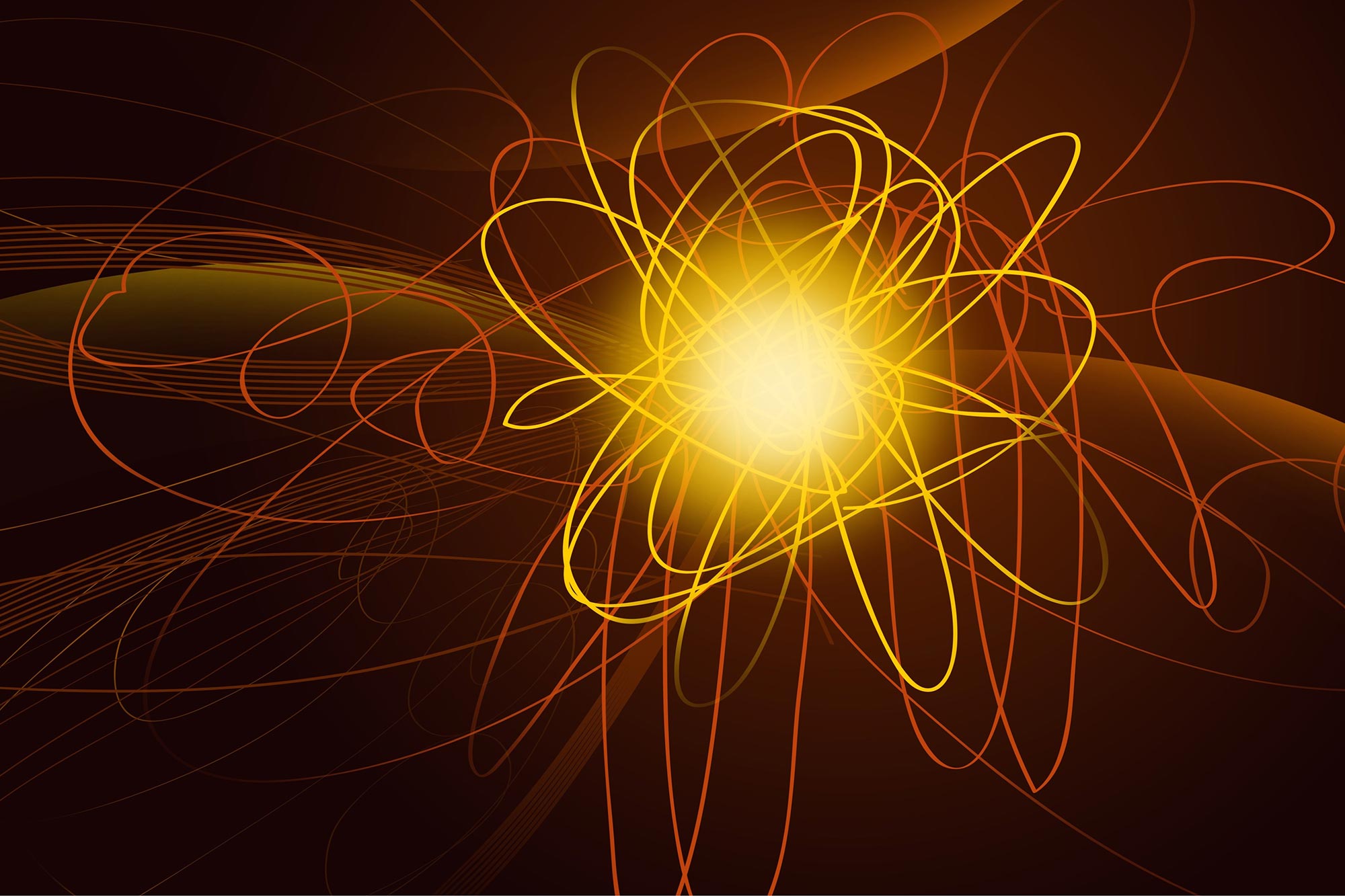
Dibaryonen, faszinierende Gebilde der Kern- und Teilchenphysik, stellen einen Materiezustand dar, in dem zwei Baryonen, bestehend aus jeweils drei Quarks, miteinander verbunden sind. Dieses Konzept wurde erstmals im Zusammenhang mit der Quantenchromodynamik (QCD) vorgeschlagen, der Theorie, die starke Wechselwirkungen zwischen Quarks und Gluonen beschreibt.
Dibaryonen sind subatomare Teilchen, die aus zwei Baryonen bestehen. Ihre Entstehung, die durch Wechselwirkungen zwischen Baryonen erfolgt, ist von zentraler Bedeutung für die Kernstruktur des Urknalls und Kernreaktionen, einschließlich derjenigen, die innerhalb von Sternen ablaufen, und schließt die Lücke zwischen Kernphysik, Kosmologie und Astrophysik. Überraschenderweise ermöglicht die starke Kraft, die für die Bildung und den größten Teil der Masse der Kerne verantwortlich ist, die Bildung einer großen Anzahl verschiedener Baryonen mit vielfältigen Quarkkombinationen.
Allerdings werden diese Doppelsterne nicht häufig beobachtet – das Deuteron ist derzeit der einzige bekannte stabile Baryonen-Doppelstern.
Um diese scheinbare Dichotomie aufzulösen, ist es notwendig, Bi-Baryon-, Baryon- und Baryon-Wechselwirkungen auf der grundlegenden Ebene starker Wechselwirkungen zu untersuchen. In einem aktuellen Beitrag am

Schematic picture of the predicted dibaryon, D6b, made of two Omega baryons. Credit: Nilmani Mathur
Its binding energy is predicted to be as large as 40 times stronger than that of the deuteron, and hence perhaps entitled it to be the most strongly bound beautiful dibaryon in our visible universe. This finding elucidates the intriguing features of strong forces in baryon-baryon interactions and leads the path for further systematic study of quark mass dependence of baryon-baryon interactions which possibly can explain the emergence of bindings in nuclei. It also brings motivation to search for such heavier exotic subatomic particles in next-generation experiments.
Since the strong force is highly non-perturbative in the low energy domain, there is no first-principles analytical solution as yet for studying the structures and interactions of composite subatomic particles like protons, neutrons and the nuclei they form. Formulation of quantum chromodynamics (QCD) on space-time lattices, based on an intricate amalgamation between a fundamental theory and high-performance computing, provides an opportunity for such study.
Not only does it require a sophisticated understanding of the quantum field-theoretic issues, but the availability of large-scale computational resources is also crucial. In fact, some of the largest scientific computational resources in the world are being utilized by lattice gauge theorists who are trying to solve the mystery of strong interactions of our Universe through their investigations inside the femto-world (within a scale of about one million-billionth of a meter).
Lattice QCD calculations can also play a crucial role in understanding the nuclei formation at the Big Bang, their reaction mechanisms, in aiding the search for the physics beyond the standard model as well as for investigating the matter under the extreme conditions of high temperature and density similar to those at the early stages of the Universe after the Big Bang.
Reference: “Strongly Bound Dibaryon with Maximal Beauty Flavor from Lattice QCD” by Nilmani Mathur, M. Padmanath, and Debsubhra Chakraborty, 16 March 2023, Physical Review Letters.
DOI: 10.1103/PhysRevLett.130.111901









